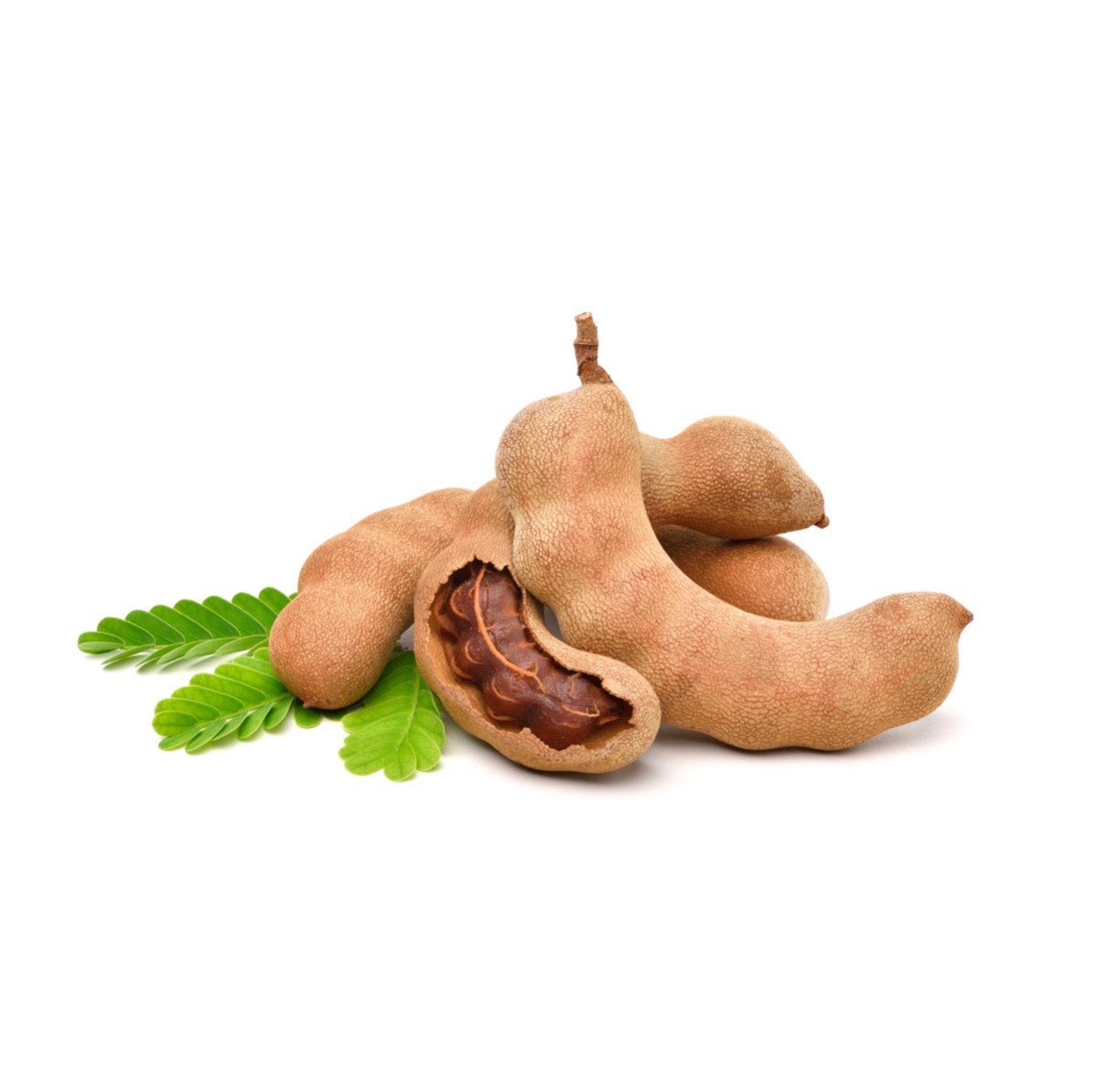Tamarind

Tamarind
Tamarindus indica
Plant family
Legumes (Fabaceae)
Season Overview
Propagating
Planting
Harvest
Harvest
J
F
M
A
M
J
J
A
S
O
N
D
1ST YEAR
FOLLOWING YEARS
Details
Light requirement
Sunny
Water requirement
Moist
Soil
Medium (loamy)
Nutrient requirement
Medium
Plant distance
2 cm
Row spacing
20 cm
Seeding depth
1 cm
Instructions
Description
Tamarinds, Indian dates or sour dates are the fruits or pods of the tamarind tree (Tamarindus indica), which belongs to the legume family (Fabaceae). The fruits are 5-20 cm/2-7.9 in long, cinnamon to brown in color. They consist mostly of carbohydrates and water. The taste of the pulp is sour-sweet. The tamarind tree grows up to 30 m/32.8 in tall, but as a container plant it remains much smaller and is related to the carob tree.
Origin:
Africa
Growing tips
The seed is only lightly covered with soil, which is carefully pressed and watered. The planting container should be warm. As soon as cotyledons appear (you often have to wait eight weeks for this), the tamarind needs a bright place. A transparent plastic lid keeps the humidity high. Fertilize only after about eight weeks, before that the young plant takes care of itself from the reserve substances in the seed. The tamarind tree needs temperatures above 20°C/68°F throughout. (From my-beautiful-garden.com). It takes several years until a tamarind tree bears fruit. In vegetative propagation a little earlier.
Companion Plants
No companion plants
Antagonistic Plants
No antagonistic plants
Diseases
Downy mildew
Powdery mildews
Pests
Schildläuse
Mealybugs
Spider mites
Aphids